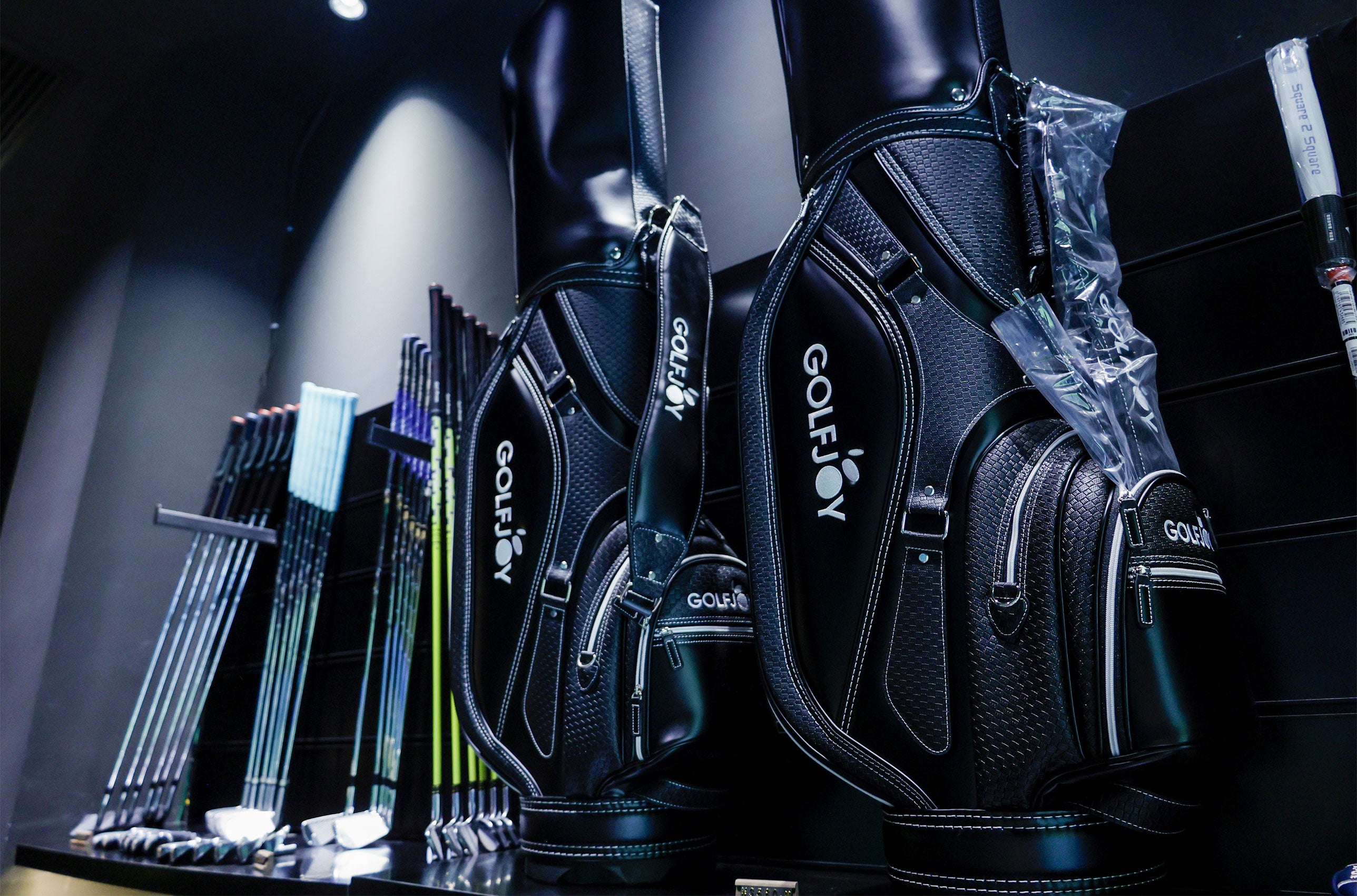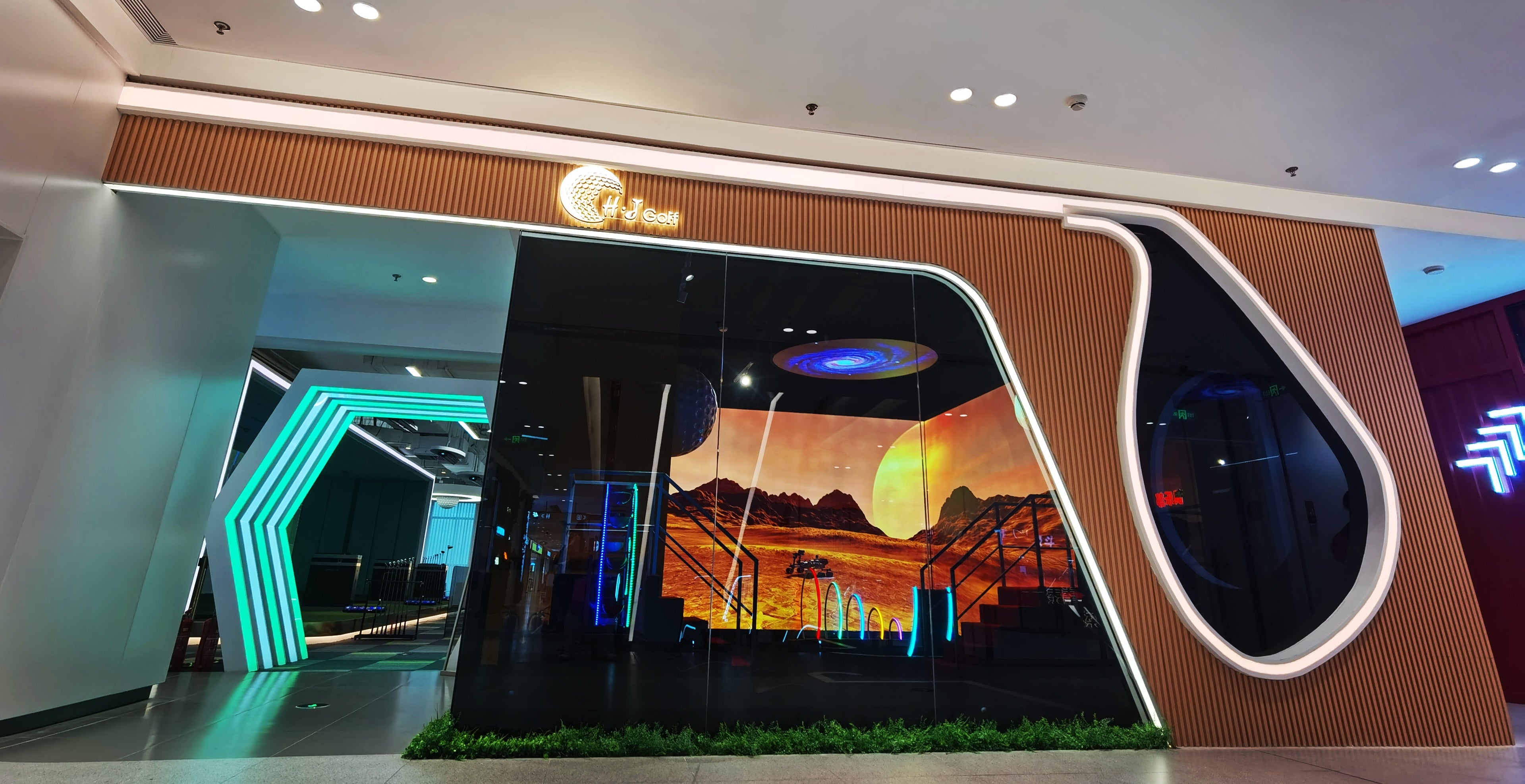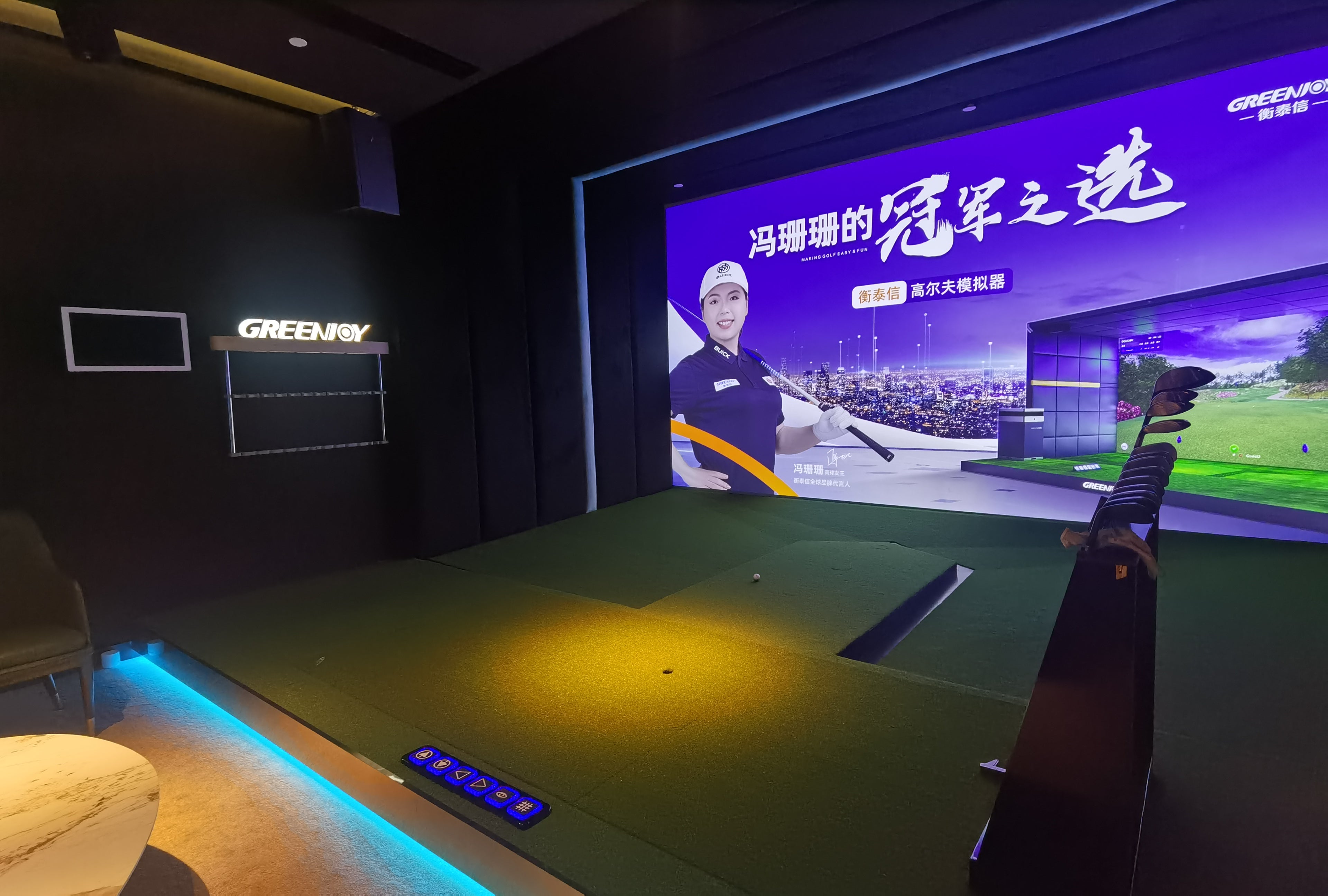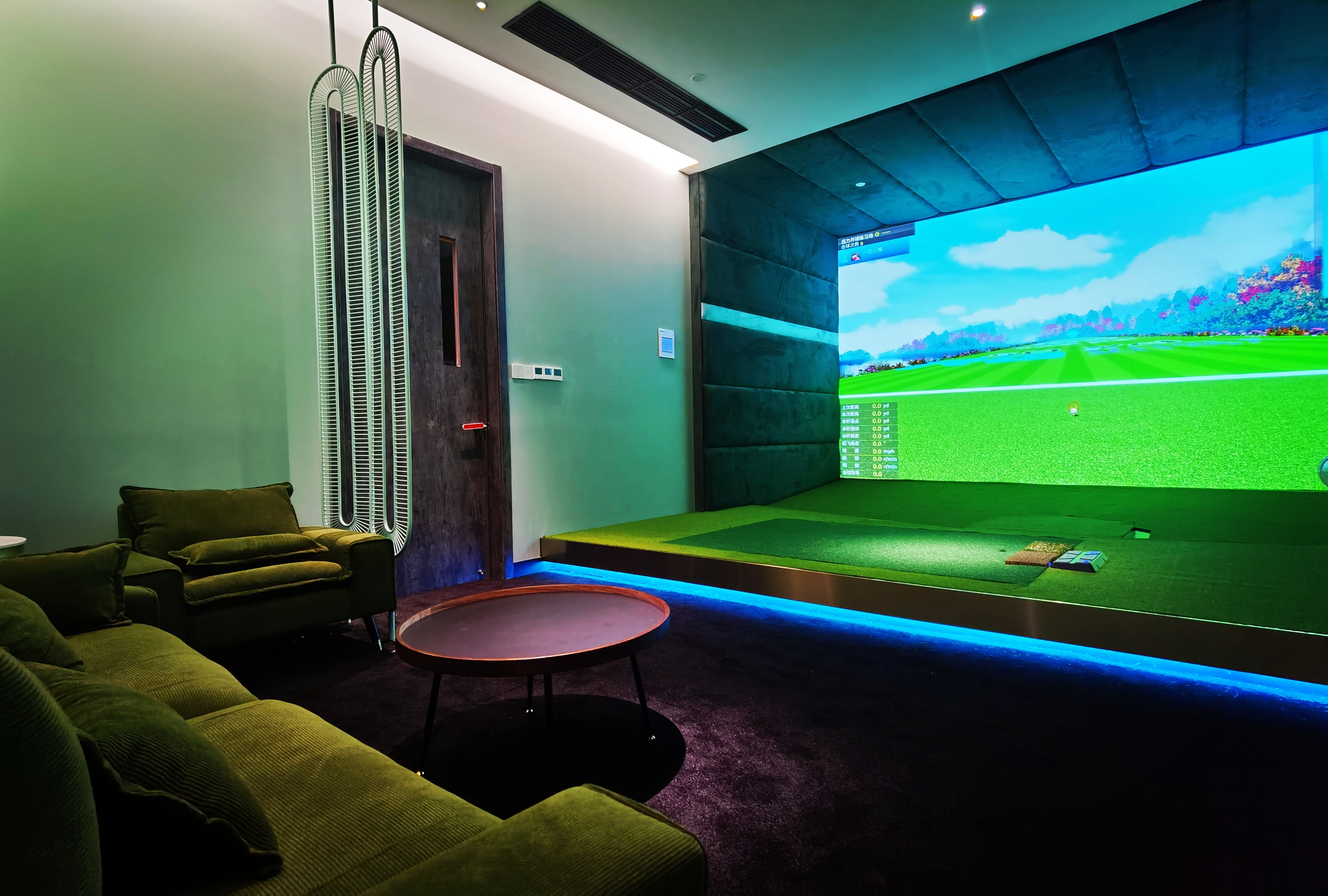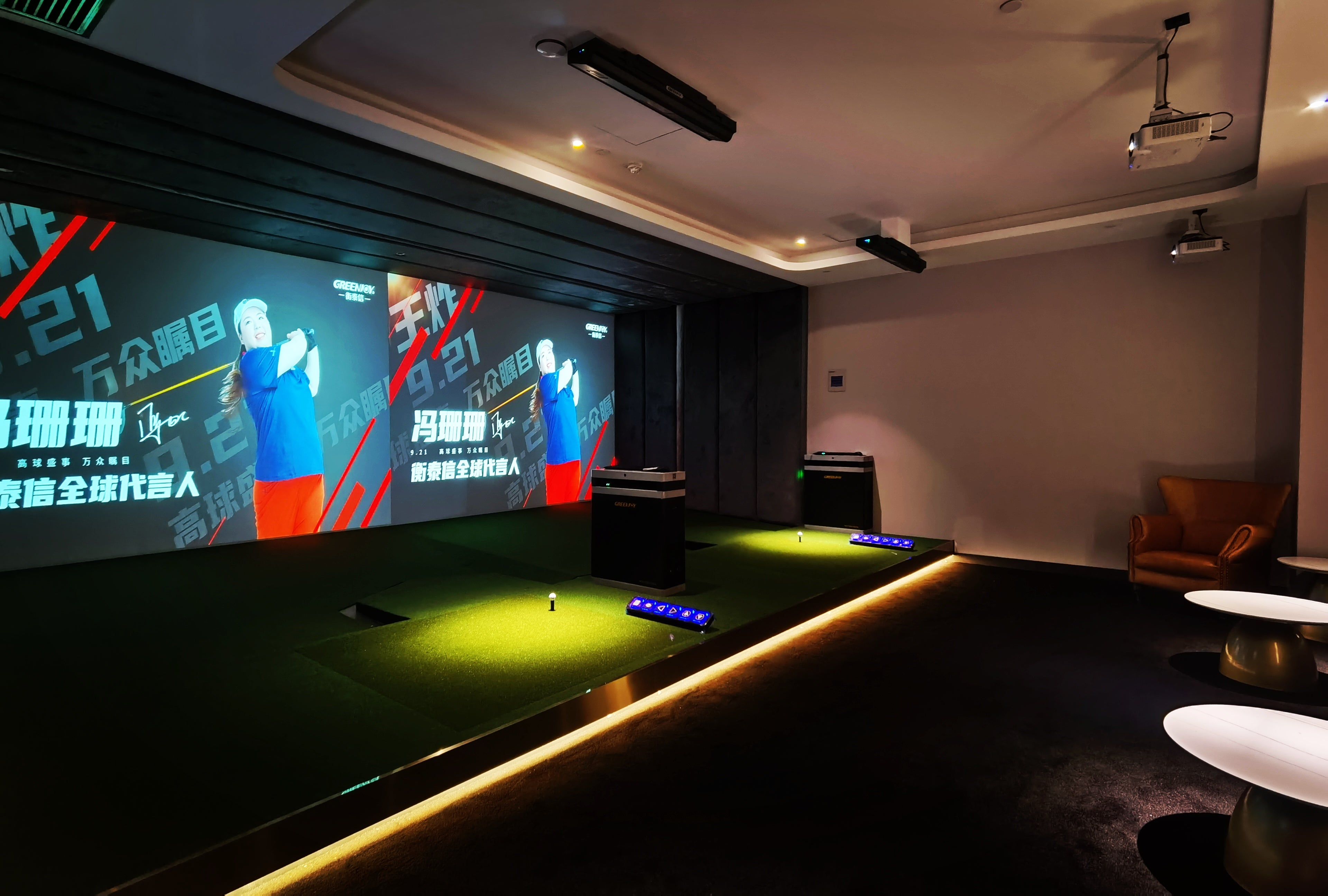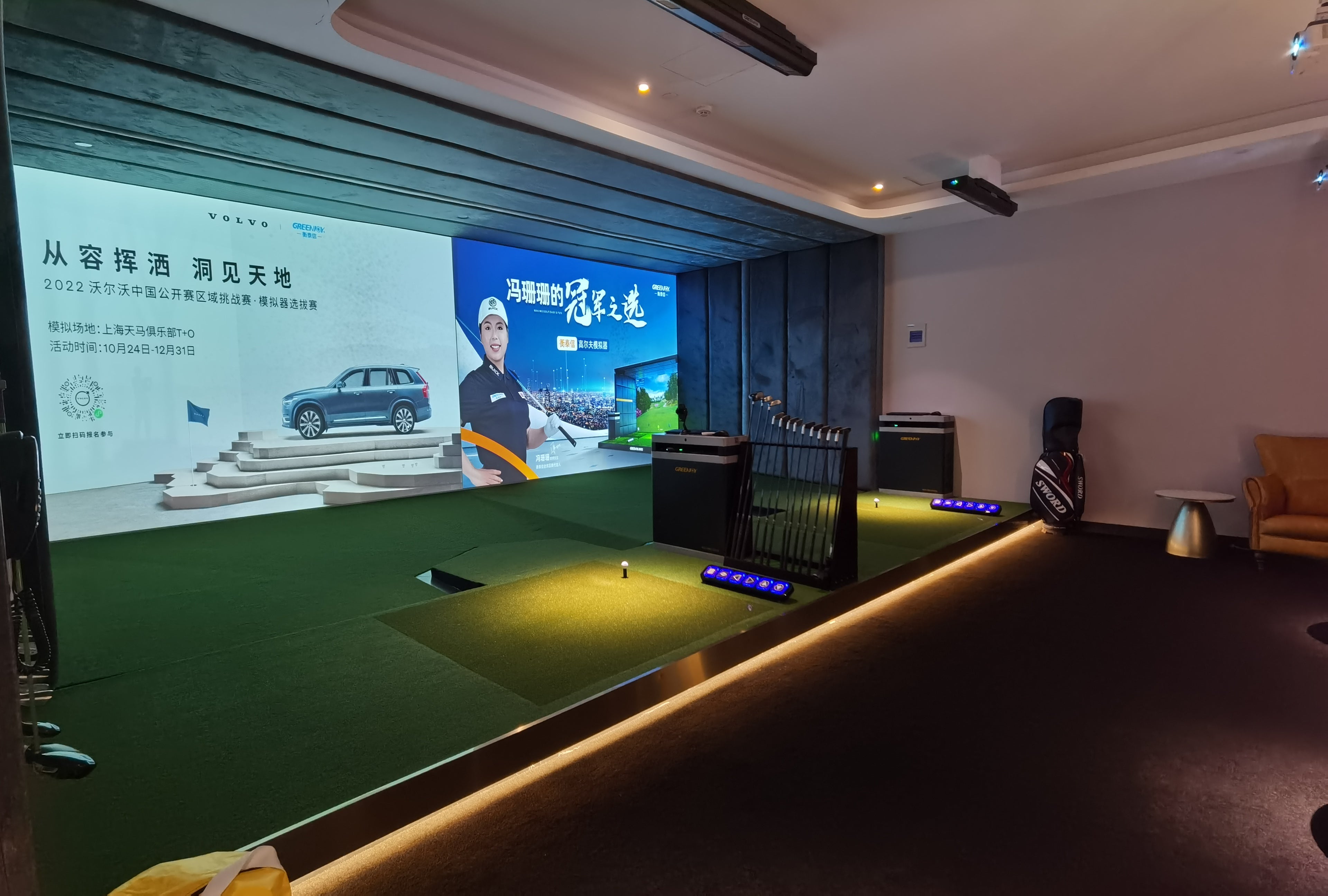Finding the Sweet Spot: How GOLFJOY Helped Huanjie Golf Scale From Flagship Lounges to Compact Studios
Over the past few years, the indoor golf industry has seen a steady rise in market demand. Many people dream of opening their own indoor golf studio, yet they often wonder: is it better to start with a large venue or a smaller one? For newcomers, it’s easy to stumble without a clear strategy.
Yu Yang, founder of Huanjie Golf, is an avid golfer with eight years of experience. Driven by his passion, he opened four indoor golf clubs of varying sizes — from 200 m² to 1,100 m² — across Beijing, Guangzhou, and Shenyang, all within just two years.
“Large, medium, and small venues each correspond to different customer scenarios,” Yu explains. “Whether you choose a compact studio or a flagship location, you must calculate based on space efficiency, staff efficiency, and other key metrics to find the breakeven point. Only then can you decide how big your venue really needs to be.”
From Flagship to Franchise: The Big-Store Model
On May 20, 2022, Huanjie Golf launched its first location in Beijing’s Second Ring business district. Spanning about 1,100 m², the club featured six indoor golf simulators and combined golf with dining, a bar, cigar lounge, and private rooms — creating a premium, multi-purpose social space.
At the time, the pandemic was still lingering, and some questioned whether Huanjie could survive. Two years later, not only did the brand endure, but it also expanded with three more venues in Guangzhou and Shenyang.
Large stores leverage scale and brand presence to draw customers. Thanks to ample space, Huanjie can offer richer product choices, diverse experiences, and stronger social appeal. Its Jianguo Road flagship integrates golf with food, drinks, cigars, and card rooms, featuring both open dining areas and private suites. This setup attracts stylish, affluent millennials while also catering to family gatherings, business events, and social parties.
However, big venues come with higher rent, staffing, and operational costs, along with more complex management challenges — requiring substantial capital and leadership skills from entrepreneurs.
Small Is Smart: Compact Models for New Entrants
Huanjie Golf plans to open its model to franchisees. Yu Yang realized that, while retaining the same customer experience, downsizing the venue could lower the barrier for newcomers.
The Lize store, located inside a shopping mall, is just over 500 m² yet houses six simulators and maintains the same business model — combining golf with dining, bar service, and leisure rooms, but with a sleek, business-oriented design. After a year of testing, Yu found that smaller venues, when run efficiently, could achieve healthy profits and recover investments in as little as two years.
Huanjie’s 200 m² studio inside a business school caters exclusively to its students, equipped with a single golf simulator. The school brings in a steady stream of 5,000–8,000 executives and entrepreneurs annually, providing a solid customer base. Small stores offer greater flexibility in location, décor, and operations, enabling quick responses to market changes with lower startup and running costs — ideal for entrepreneurs with limited funds.
That said, small venues have their limitations: restricted floor space and fewer offerings can make it harder to attract broader audiences, and building brand visibility requires unique strategies and outstanding service.
Technology That Elevates Every Venue
From its very first store, Huanjie Golf partnered with GOLFJOY to deliver premium golf simulation. GOLFJOY’s intelligent software system features a cutting-edge graphics processor, bringing digital courses to life with exquisite detail and vibrant realism. Its advanced physics engine and feedback technology create a dynamic environment — with wind speed, humidity, sunrises, moon phases, and precise shot feedback — offering golfers an unmatched immersive experience.
Choosing the Right Path
So, should you open a large indoor golf club or a small one? There is no universal answer. The key lies in your capital, management skills, market insight, and awareness of industry trends.
For entrepreneurs with ample resources and strong operational experience, launching a flagship club may be the right choice. For those with limited budgets or less experience, a compact studio could be the smarter entry point.
Either way, both large and small venues offer exciting opportunities — along with their own unique challenges.
